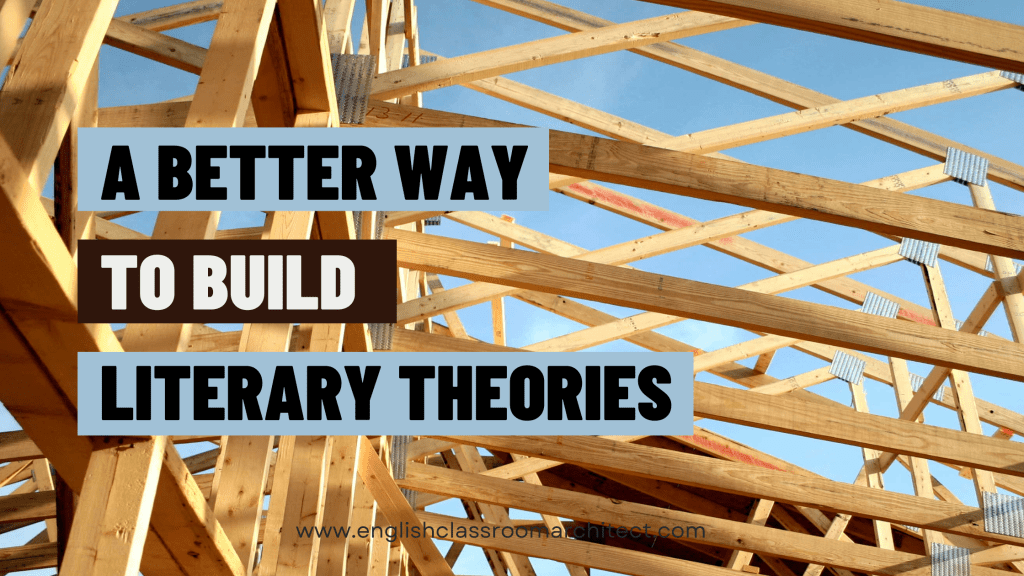Literary analysis has a peculiar history. In the late 19th century, as English departments were first taking shape, they modeled themselves after law schools. The idea was simple: teach students to build cases, find evidence, and prove interpretations – just like lawyers prove arguments.
This legal heritage still echoes in our classrooms. We ask students to “defend” interpretations, “support” claims, and “prove” readings. We’ve created a courtroom where texts stand trial and students act as prosecutors trying to extract confessions of meaning.
But what if we took a different cue from history?
Johann Wolfgang von Goethe once observed that “Science arose from poetry… when times change the two can meet again on a higher level as friends.” He wasn’t just being poetic. He was suggesting that there might be more alignment between scientific investigation and literary exploration than we typically imagine.
What if, instead of teaching students to prosecute texts, we taught them to investigate them? What if, rather than training them to prove interpretations, we helped them develop and test theories about how texts actually work?
From Legal to Scientific Thinking
Think about how differently scientists and lawyers approach evidence:
A lawyer gathers evidence to prove a predetermined case. They are trying to build support for a specific interpretation of events. Evidence that doesn’t support their case is often set aside.
A scientist gathers evidence to understand how something works. They develop hypotheses based on observations, test these theories against new evidence, and refine their understanding based on what they discover. Evidence that challenges their hypothesis is especially valuable.

Table of Contents
This difference transforms how we approach texts:
Legal Approach:
- Start with interpretation to prove
- Find evidence that supports it
- Argue for this reading
- Defend against challenges
Scientific Approach:
- Start with systematic observation
- Develop theories about how it works
- Test hypotheses against evidence
- Refine understanding
How TRACE Supports Scientific Investigation
This is where TRACE becomes powerful. Not as a way to gather evidence for predetermined interpretations, but as systematic observation that leads to genuine hypotheses about how texts operate.
When students track:
- Trigger Points: They notice where elements emerge
- Ripple Effects: They see how changes spread
- Active Forces: They identify what drives change
- Connect Dots: They recognize relationships
- Expose Details: They find revealing specifics
They aren’t building a case. They’re gathering observations that lead naturally to theories about how the text works.
What This Looks Like in Practice
Consider how this shifts the analysis of power in Macbeth:
Legal Approach:
“I want to prove power corrupts in Macbeth.”
- Find examples of corruption
- Support this interpretation
- Defend this reading
- Prove the point
Scientific Approach:
“I wonder how power operates in Macbeth…”
- Track when power changes hands
- Notice patterns in transfers
- Develop theories about rules
- Test against whole text
Through TRACE observation, students might notice:
- Power shifts often happen at night
- Violence usually accompanies transfers
- Nature reacts to power changes
- Sleep patterns shift with power
This leads not to an argument to prove, but to theories about how power operates in the play:
“Power gained through violence seems to require increasingly violent acts to maintain, creating a cycle that affects both the natural and supernatural world.”
Why This Shift Matters
This shift from legal to scientific thinking transforms:
How Students Read
- From hunting for proof
- To investigating operation
How They Think
- From arguing cases
- To developing theories
How They Write
- From proving points
- To exploring hypotheses
How They Learn
- From mastering arguments
- To understanding systems
Making the Shift
To move from legal to scientific analysis:
1. Start with Observation
- Use TRACE systematically
- Document patterns carefully
- Notice connections
- Track operations
2. Develop Hypotheses
- Create theories about function
- Propose operational rules
- Suggest pattern explanations
- Build understanding
3. Test Against Evidence
- Check against whole text
- Look for contradictions
- Refine theories
- Deepen understanding
4. Share Discoveries
- Present theories to test
- Invite investigation
- Build collective understanding
- Refine through discussion
Maybe Goethe was right. Maybe science and poetry can meet again – in our classrooms, as we help students develop from prosecutors into investigators, from argument builders into meaning explorers.
